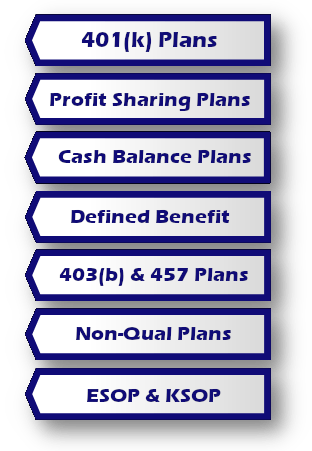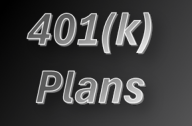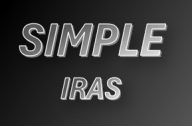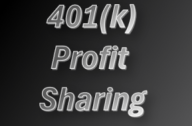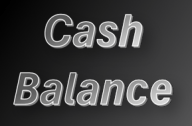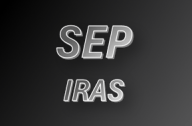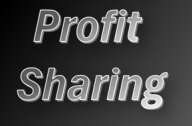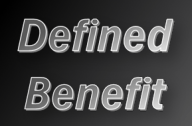Is a Profit Sharing Plan right for my company?
Profit Sharing Only Plans can be added to 401k plans, Cash Balance/Defined Benefit Plans, or as a stand-alone plan. Why would a company decide to start a stand-alone Profit Sharing Plan? Annual Flexibility and maximum efficiency.
When designed correctly, Profit Sharing Plans can provide an owner-weighted benefit and provide a minimum benefit to staff. In short, a best-case scenario would be that an owner could receive a company contribution up to 25% of their pay and the staff would receive a company contribution of only 5% of the employee's pay. This is a 5:1 ratio, making it very efficient for ownership to receive benefits from the company.
Contributions are discretionary each year. This means that the company can decide year-to-year whether they will provide a profit sharing benefit to staff. This is a great incentive for employees.
Profit Sharing can also include conditions to receive a contribution - Last Day Rule and 1,000 hours, for example. So the design can be tailored to provide benefits only to employees who stay with the company. Contact SPC today to see if adding Profit Sharing is a good option for your company.
Employee Choice.
- Employees can generally select their own investments
- Employees receive Pre-Tax Contributions
Employer Choice.
- Employers can choose the annual contribution % / $
- Employers can choose eligibility (Day 1 or up to 1 year)
- Easy to manage & for employees to understand
- Great add-on for Cash Balance or Defined Benefit Plans
Company Benefit.
Flexible options for design, company tax deductions, and most employees understand how PS plans operate.
